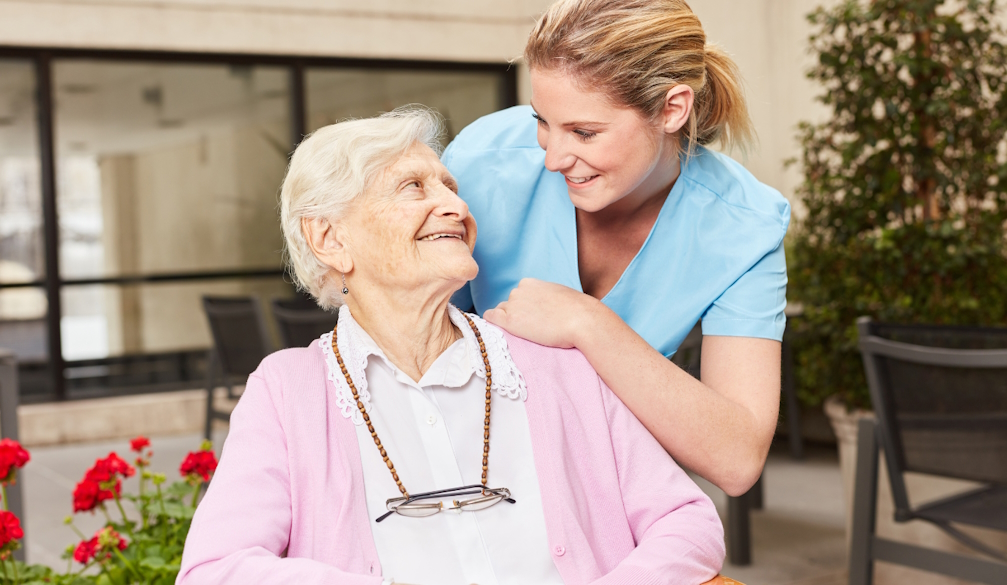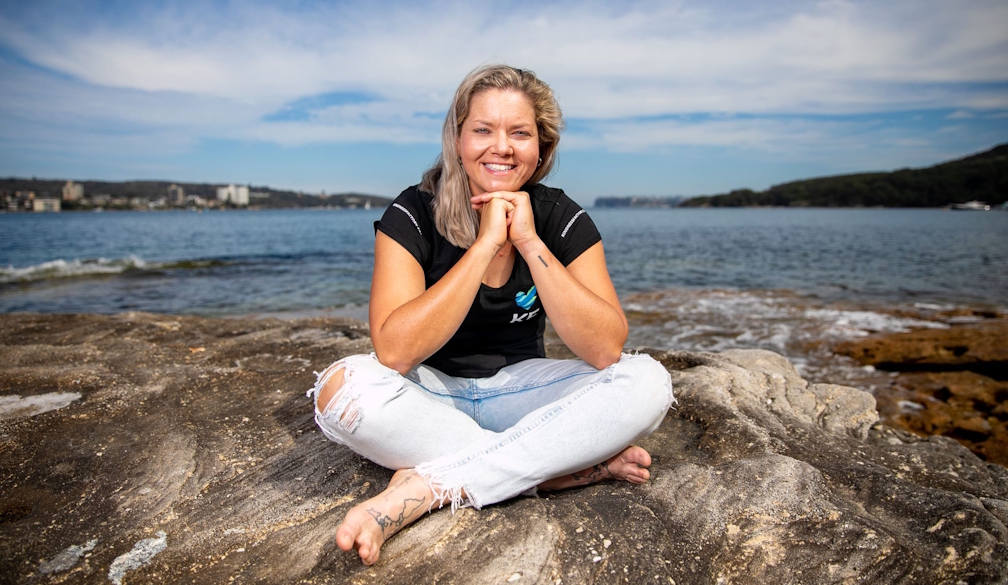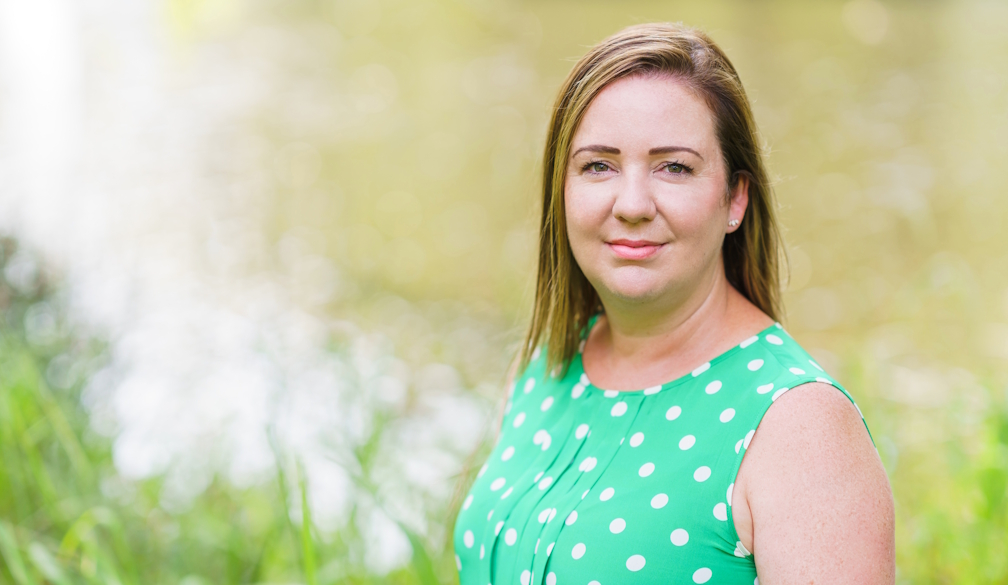How childcare in aged care can help young and old
- Written by Clare Littleton, Associate Professor and Director of the Centre for Healthy Sustainable Development, Torrens University Australia

An experimental aged-care model in South Australia, where purpose-built independent retirement living apartments are co-located with an early learning centre, is seeking to foster connections between residents and children.
In this model, one of the first of its kind in Australia, older adults live on site and pre-school children (aged between three and six) learn there, enabling daily interactions.
For our new study[1], published in the Journal of Intergenerational Relationships, we asked five older adults and 17 children what they think about living and learning in this community.
We were particularly interested in how the design of the building helps the children and residents interact. We asked both the older adults and children to take photos of the spaces in which they spent the most time together, submit some of these to us, and verbally share their reflections with us about the meaning of the photos.
This is called a “photovoice[2]” methodology and is commonly used to bring the voices of children and older adults into research.
For the older adults, our findings suggest these intergenerational interactions helped to reduce loneliness, improve mental wellbeing, and keep people active and engaged.
For children, the interactions with the older adults – who they fondly refer to as their “grand-friends” – appeared to foster empathy, allow them to develop a deeper understanding of ageing, and enrich their learning.
Shared spaces and activities
The site, in the northern suburbs of Adelaide, was designed to enable both informal and structured interactions between the residents and the children. It features a variety of shared spaces including a library, an intergenerational meeting room, a workshop and a community garden.
While these spaces help to build a sense of belonging and community, the older adults and children also cross paths less formally – for example in entrances, hallways and lifts. Residents often wave to children from their balconies.
All this provides an opportunity for the older adults and children to get to know each other, similar to what might happen in a neighbourhood setting.
Importantly, robust safety measures are in place for both residents and children, with qualified early childhood educators and aged-care staff supervising all intergenerational activities.
We found both groups valued shared activities such as playing the piano, dancing, making art, playing in the sandpit, and picking strawberries and flowers. Playing with a resident’s cat was a highlight for all.
Our findings suggest green spaces – both inside, such as indoor plants, and outside, such as the community garden, lawns and pathways – were particularly appreciated and helpful in promoting social connections.
We also noticed learning went both ways, with the older adults and young children teaching each other skills. For example, the children showed their grand-friends how to play ping pong, while the older adults helped children to fix their toys in the workshop.
When the older adults spent time fixing the children’s toys, they felt proud they could give back to their community.
‘It is heartwarming just being with all the children’
For the children, their interactions with the residents appeared to foster empathy and allow them to develop a deeper understanding of ageing.
For example, in the community gardens there are handles installed for the older adults’ safety. After taking a photo of them one child told us:
Those are some handles so they don’t fall down. For the children and the grand-friend. We need to look after our [grand-friends].
One older adult shared a photo of residents’ hands alongside some of the children’s hands. They recounted:
A little boy came up to me and said what’s all these spots on your hand […] I thought I had to teach him a lesson […] when I was little I didn’t put sun tan lotion on. So next he disappeared and he came back with all this [lotion]. That brought a smile.
Interactions with the older adults offered a type of mentorship for the children. One child talked about a resident who fixed toys in the workshop:
He fixes our broken cars. He teaches me how to fix them.
The residents, meanwhile, expressed gratitude for having the children in their lives, and for the opportunity to tell stories. For example, one older adult said:
I must say I love going to the [early learning centre], it is heartwarming just being with all the children.
Connecting generations
Australians are living longer[4] than ever before. Children often live far away from grandparents. Both generations are seeking social connections and community.
The World Health Organization[5] says connecting generations can combat loneliness, decrease ageism and foster lifelong learning.
The concept of intergenerational care is not new. There are several established examples[6] we can learn from overseas[7].
However, designing buildings specifically for this purpose is a newer concept. While this example is one of the first of its kind in Australia, other aged-care providers are starting to follow this trend.
We’ll need to do more research at similar sites to develop best practice design principles and ensure these environments offer the best for the older adults and children who live and learn there.
But our research suggests aged-care facilities that share premises with education providers could offer a fresh way to address the housing and care needs for both older and younger Australians.
References
- ^ our new study (doi.org)
- ^ photovoice (doi.org)
- ^ Journal of Intergenerational Relationships/Author provided (www.tandfonline.com)
- ^ living longer (www.aihw.gov.au)
- ^ World Health Organization (www.who.int)
- ^ established examples (www.applesandhoneynightingale.com)
- ^ overseas (www.providence.org)




















